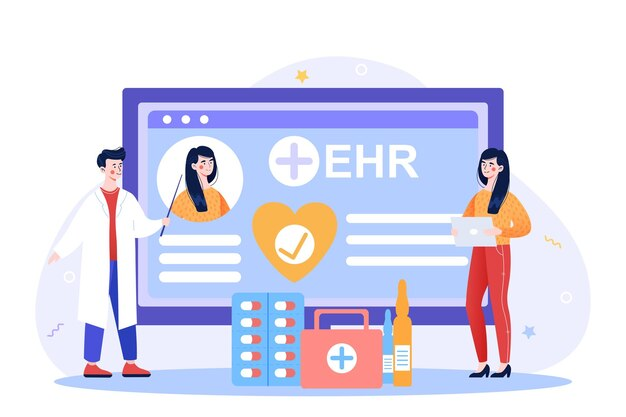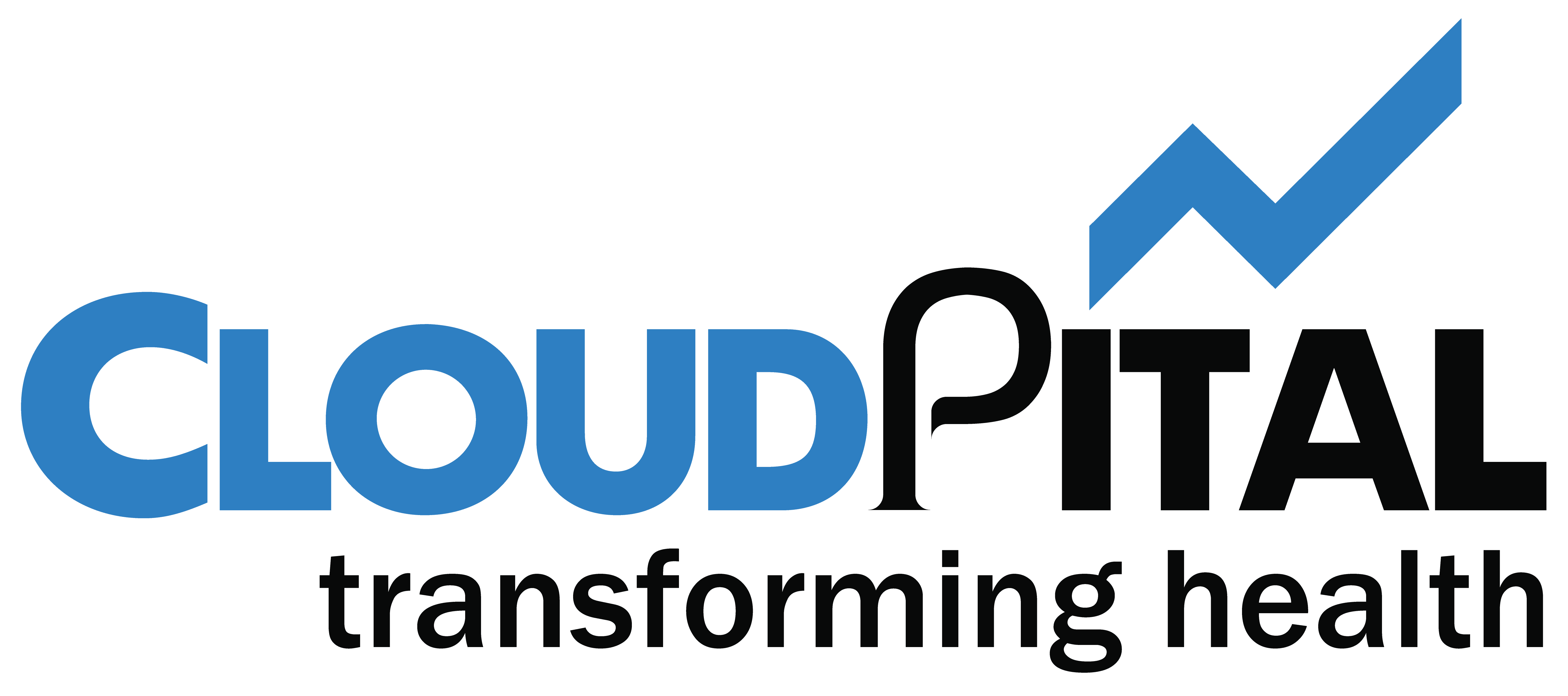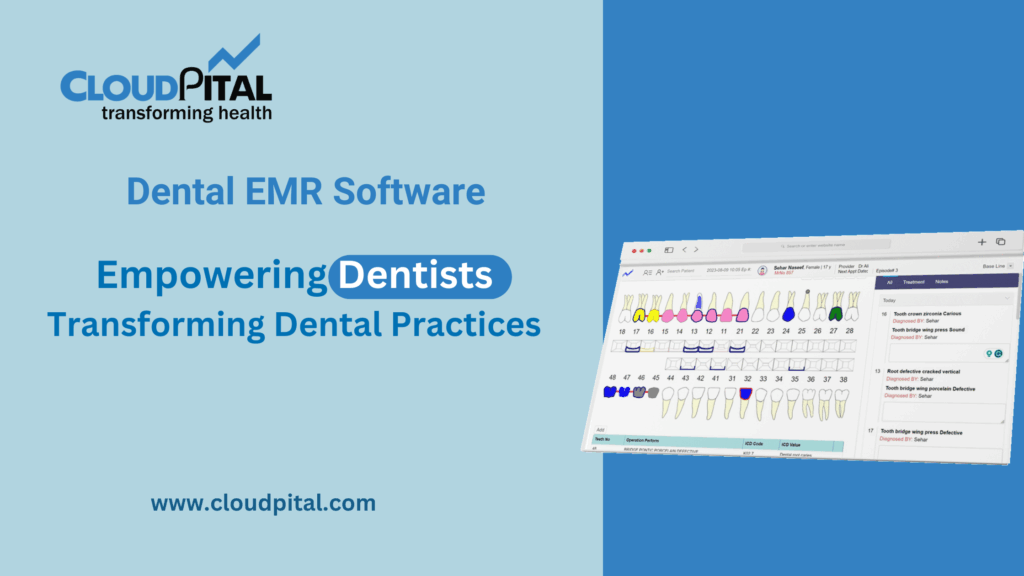Cloudpital # 1 is one of the top EHR System is crucial for healthcare providers aiming to enhance patient care, streamline operations, and ensure regulatory compliance. An effective EHR system should encompass a range of features tailored to meet the diverse needs of modern medical practices. Here are ten essential features to consider when evaluating an EHR system:
Click to Start Whatsapp Chatbot with Sales
Mobile: +966547315697
Email: sales@bilytica.com
Cloudpital # 1 EHR System

Comprehensive Patient Management
An EHR System should include the robust ability to manage patient care. This should include patient registration and appointment management as well as proper history recording with a wide range of detail. This capability ensures that patient information is captured correctly and easily accessible for delivery of smooth care. One example would be CloudPital’s EHR system, providing streamlined patient registration processes that are quick and accurate in capturing patient details.
Clinical Documentation and Specialty Templates
Accurate clinical documentation is important for maintaining the patient’s records. The EHR system should have templates that are specialty-specific and can be customized to fit the needs of different specialties, allowing healthcare providers to document patient encounters effectively. CloudPital’s EHR has specialty-specific templates and content, which make clinical documentation more precise and relevant.
Computerized Provider Order Entry (CPOE)
CPOE provides a way through which medical orders like prescriptions, laboratory tests, and imaging studies can be input electronically by the healthcare providers. It decreases errors from written orders and improves order processing efficiency. As cited from NCBI, complete patient health information provided by the CPOE system reduces most errors and adverse events that can occur.
Clinical Decision Support Systems (CDSS)
An ideal EHR should integrate CDSS to guide clinicians in appropriate decision-making. CDSS contains evidence-based practice guidelines, potential drug interactions alerts, and reminders for preventive care measures. Therefore, these can enhance patient safety and quality care. The National Center for Biotechnology Information says that CDSS can enhance clinical performance in aspects of health care such as prevention and diagnosis.
Interoperability and Integration
The ability of an EHR System to seamlessly integrate with other healthcare systems, such as laboratory information systems, radiology systems, and pharmacy management, is crucial. Interoperability ensures that patient data can be shared across different platforms, promoting coordinated care. CloudPital emphasizes integration capabilities, including lab, radiology, and services integration, to provide a unified healthcare experience.

Patient Portal Access
A patient portal empowers individuals to actively participate in their healthcare by providing access to their medical records, test results, and appointment schedules. This feature enhances patient engagement and satisfaction. CloudPital’s EHR includes a patient portal, facilitating secure communication between patients and healthcare providers.
Mobile Accessibility
In today’s fast-paced healthcare environment, mobile accessibility is essential. An Telehealth with a mobile application allows healthcare providers to access patient information, document care, and communicate with colleagues from anywhere, enhancing flexibility and responsiveness. CloudPital offers a mobile EHR application, ensuring that healthcare professionals can manage patient care on the go.
Security and Compliance
Patient data is a protected item. The EHR system has to be compliant with all the health regulations and standards, such as HIPAA, and incorporate comprehensive security measures, including encryption of data and user access controls, over the information. CloudPital’s EHR system includes robust security features to ensure data privacy and compliance with regulatory requirements.
Report and Analytics
Advanced reporting and analytics capabilities enable healthcare providers to generate insights from patient data, monitor clinical outcomes, and make data-driven decisions. This feature supports quality improvement initiatives and operational efficiency. CloudPital’s EHR includes comprehensive reporting tools, allowing for detailed analysis of clinical and administrative data.
Revenue Cycle Management (RCM)
An integrated RCM module streamlines billing processes, claims management, and payment collections, ensuring the financial health of the healthcare practice. CloudPital’s PMS offers a robust RCM module, enhancing financial performance through efficient billing and revenue tracking.
Conclusion
In conclusion, selecting an EHR system with these ten essential features can significantly enhance healthcare delivery, improve patient outcomes, and optimize operational efficiency. Healthcare providers should carefully assess their specific needs and choose an EHR system that aligns with their clinical and administrative workflows.



